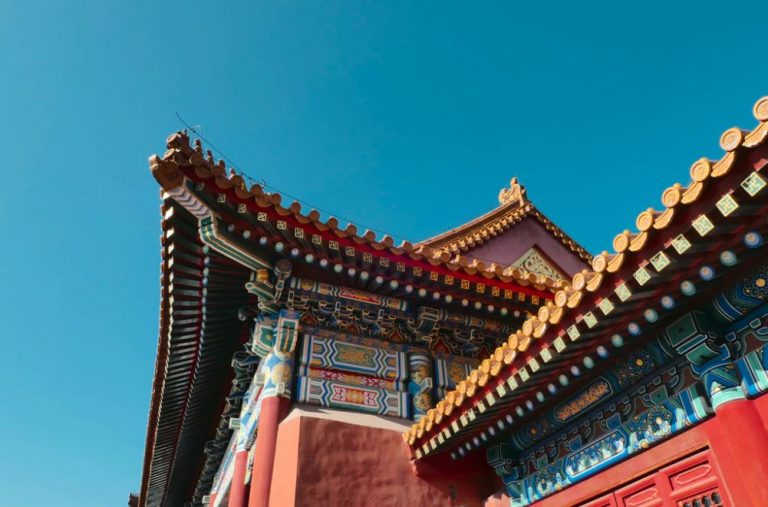Char Siu Bao is a Yum Cha favourite
How many people would dare to go to a yum cha restaurant and not order Char Siu Bao? We’d wager, very few. So what makes this humble pork-filled bun just so appealing? Is it the fact that they are savoury, easy to eat, and cute in appearance? What makes this particular dim sim so endearing to the wider public? Unlike certain yum cha dishes which are more adventurous, Char Siu Bao is simply universally loved.


A Pork-filled bun
‘Chai Siu’ in Cantonese means barbeque pork. Bao, if you hadn’t guessed, means bun. And that’s pretty much the summation of this yum cha dish! No fancy ingredients, no hidden recipes. Just a simple steamed bun filled with saucy barbeque pork inside. Next time you’re at a yum cha restaurant, try telling it to one of the push-cart ladies. Can I order a “Char Siu Bao”?


A history-filled bun that dates back to the Silk Road
These days, we may thank the small city-state of Hong Kong for the globalisation of this sweet and savoury treat. That is true. In the countless yum cha eateries of metropolitan Hong Kong, there is a huge variety of Char Siu Bao. You may have heard of famous brands such as Tim Ho Wan. They serve BBQ pork buns which melt in your mouth!
But with a bit of research, our gratitude should be extended to a man who became hugely significant in Chinese history. During the third century, whilst on a dangerous military campaign, Zhuge Liang was informed of a dire situation that his men faced. The only way to guarantee safe passage across a river ahead is to behead 50 of your men, is a paraphrase of what Zhuge Liang was told. In a move that grew his significance as one of the greatest minds of Chinese history, Zhuge Liang proceeded to make gigantic steamed buns. He threw them into the river, and succeeded in creating the illusion, to the enemy, that they were bobbing heads.


Mantou and Char Siu
And so, these steamed buns were called ‘Mantou’. With ‘tou’ literally meaning ‘head’ , the Chinese name for these delicious plain steamed buns were a clear acknowledgement of Zhuge Liang’s stroke of genius.
But maybe the famous strategist didn’t even realise the significance of his creation. Mantou proceeded to feature in the meals of Chinese people all over the country. With pork added inside to make it truly irresistible, these buns were a filling source of nutrition for travelers on the Silk Road. Not only were they tasty, but they were easy to make and easy to carry. With the popularity of Char Siu Bao across China, it would soon spread to different parts of the international region, with many cultures adopting it into their cuisine. You don’t need incredible global citizenship skills to know that Pork Buns are universally adored! Nowadays, Vietnam, the Philippines, Taiwan and Hawaii all have their variants of the popular food item.
Next time you’re hungry for Char Siu Bao and getting ready to look it up on a Sydney food guide, spare a reflection for its history. It has been eaten for over 1500 years!
